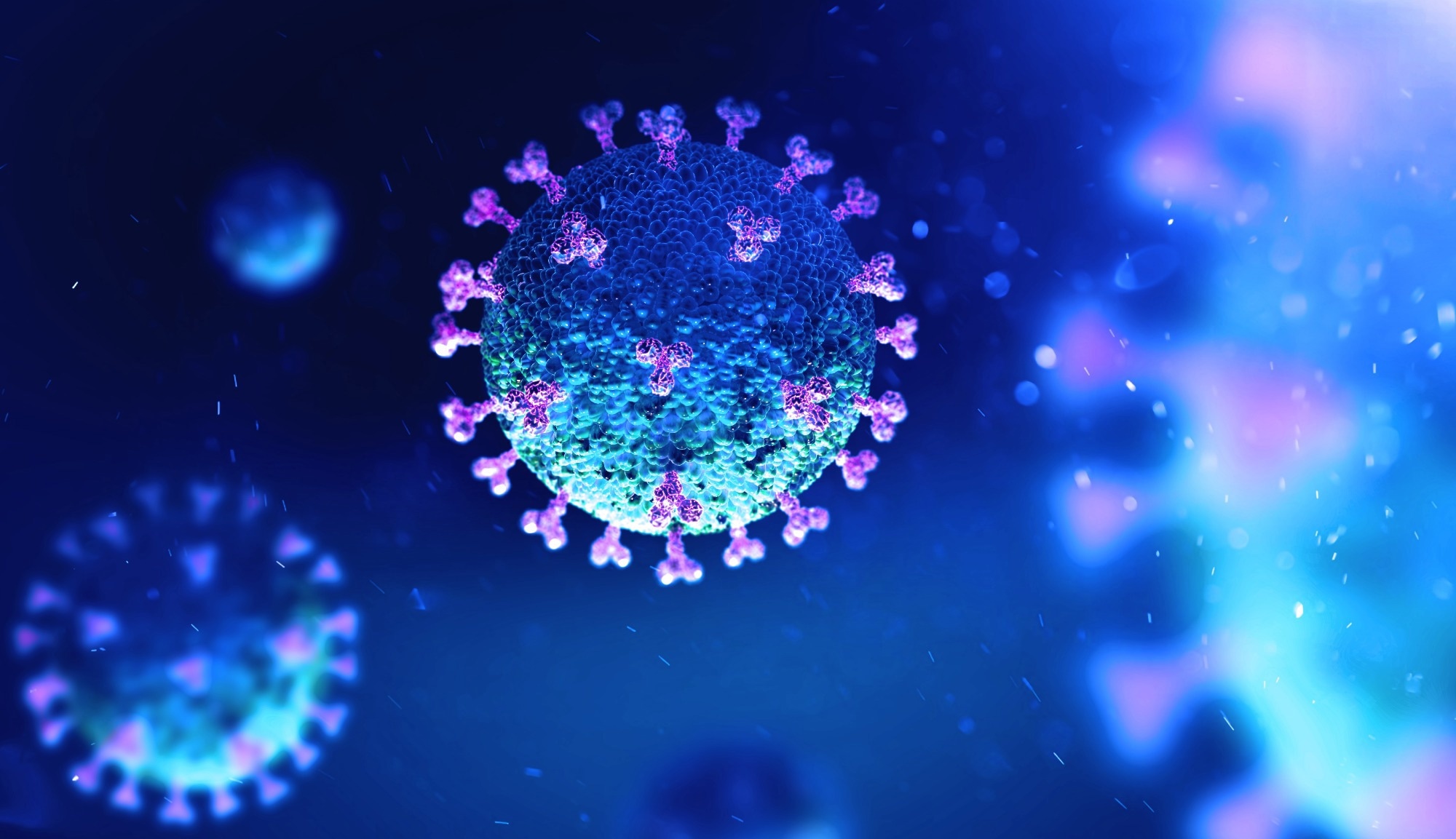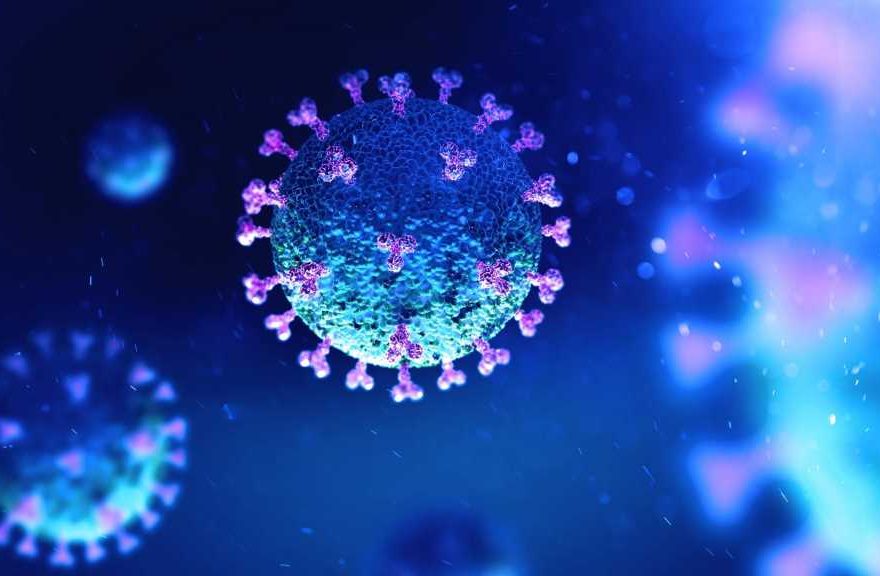In a recent study published in the Journal of Clinical Medicine, researchers followed up for two years with non-hospitalized post-coronavirus disease 2019 (COVID-19) patients in France and determined when they returned to work. These patients had persistent symptoms, with some incapacitating symptoms lasting as long as 22 months in a few cases, that hindered them from working again.

Background
Approximately 10% of COVID-19 patients might have developed persistent post-COVID symptoms from which they did not recover. However, studies have barely investigated these non-hospitalized patients, frequently reporting their feelings of inadequate support. Thus, their management remains challenging and conflicting.
In the present study, researchers tested whether a coordination team comprised of medical-social personnel could help patients who feel caught up in a complex situation in accessing medical facilities. According to the authors, extending such help could improve patients’ care and the healthcare system in the city.
About the study
In the present prospective study, researchers captured all the queries raised to the coordination team by attending to doctors, patients, and other structures (e.g., social helpers) between September 2021 and March 2022. Next, a nurse with expertise in post-COVID-19 conditions made a 45 to 65 minutes phone call to the enquirer to collect the patient's clinical and demographic profile. They recorded their age, gender, and pre-existing health issues, if any, plus the symptom profile. The nurse made a patient file comprising all COVID-19-related investigations and treatments.
The nurse recorded whether the symptoms, categorized into general and mental health symptoms, experienced by a patient were minimal or moderate and whether the patient had recovered from those symptoms (symptom profiling) or not to be able to return to work. Then, the team generated a therapeutic proposal for the patient targeting the main symptoms.
The researchers also investigated whether the primary symptoms and pre-existing comorbidities were linked. So, they analyzed patients’ comorbidities distribution considering symptoms such as fatigue, neurocognitive disorder, and pain. For data analysis, they used chi-squared tests, expressing quantitative values as percentages, considering the statistical significance of p < 0.05.
Results
Of 105 patients who contacted the coordination team, an advanced practice nurse with post-COVID expertise called only 72 patients. Thereafter, 54 patients received guidance from the coordination team, and only 45 received the follow-up second phone call. Of these patients, 62% were women, and all were under 50 years old with an average body mass index (BMI) below 26 kg/m2. Despite contracting COVID-19, ten patients actively engaged in sports, jogging, football, et cetera. Only six (14%) patients had no comorbidity before COVID-19. However, the remaining had a history of cardiovascular, musculoskeletal disorders, and cancer or psychiatric diseases.
Intriguingly, 45% of the patients contacted the coordination team directly, with 19% using the regional support platform of doctors (RSP). The coordination team also directly contacted 9% of the patients with complex symptoms related to COVID-19.
The therapeutic proposals mainly comprised rehabilitation measures. Thus, 24, nine, 13, four, and 11 patients benefitted from exercise and olfactory rehabilitation, respiratory re-education, speech therapy, and psychological support, respectively. Specifically, 14 patients benefitted from holistic care that covered psychological and nutritional therapies and exercises at rehabilitation centers. However, the remaining patients mainly engaged in physical activities at a primary health care facility, e.g., cycling, under the supervision of a physiotherapist.
At 15 months post-COVID-19, over 90% of the patients reported having fatigue. Likewise, over 75% of them suffered from neurocognitive disorders, and over 50% had joint or muscle pain, dyspnea, and anxiety. Around 40% of the patients complained of chest pain, taste and smell aberrations, and digestive issues. Despite following the proposed therapeutic action, fatigue remained a frequently reported symptom for as long as 22 months. Likewise, the frequency of neuro and musculoskeletal issues did not decrease markedly.
The chi-squared test showed a significant reduction in the frequency of chest pain (p = 0.007) and, to some extent, in anxiety and dyspnea after the therapeutic action. Also, issues related to taste, smell, and the digestive system were reduced. The researchers noted no link between pre-existing comorbidities and COVID-19-related symptoms.
Fewer patients (9%) reported improvement in their condition after 22 months, and 33% and 20% reported only moderate or minimal improvement, whereas 38%, i.e., around one-third of the patients, reported no improvement in their post-COVID-19 symptoms. Accordingly, they did not return to work for almost two years after COVID-19. Unfortunately, of the 36% of the patients who did not recover, 40% still had to work full-time.
Conclusions
Overall, the study results showed that despite their active participation in the proposed therapeutic action, self-reported symptoms often persisted for two years since the initial infection and hindered these patients from returning to work. The researchers found it acceptable because most of these patients had significant pre-existing comorbidities, and their main symptom was fatigue.
All the patients appreciated being contacted again after COVID-19, suggesting that psychological help allowed for better symptom management. It reduced feelings of abandonment and worked better than early rehabilitation. Most importantly, the study results highlighted the need to perform adapted vaccination and maintain barrier gestures to avoid post-COVID-19 conditions.
- Erika Van Wambeke, Cécile Bezler, Anne-Marie Kasprowicz, Anne-Laure Charles, Emmanuel Andres, Bernard Geny. (2023). Two-Years Follow-Up of Symptoms and Return to Work in Complex Post-COVID-19 Patients. Journal of Clinical Medicine. doi: https://doi.org/10.3390/jcm12030741 https://www.mdpi.com/2077-0383/12/3/741
Posted in: Medical Science News | Medical Research News | Disease/Infection News
Tags: Anxiety, Body Mass Index, Cancer, Chest Pain, Coronavirus, covid-19, Cycling, Digestive System, Dyspnea, Education, Exercise, Fatigue, Frequency, Health Care, Healthcare, Medicine, Mental Health, Muscle, Musculoskeletal, Pain, Respiratory, Speech, Speech Therapy

Written by
Neha Mathur
Neha is a digital marketing professional based in Gurugram, India. She has a Master’s degree from the University of Rajasthan with a specialization in Biotechnology in 2008. She has experience in pre-clinical research as part of her research project in The Department of Toxicology at the prestigious Central Drug Research Institute (CDRI), Lucknow, India. She also holds a certification in C++ programming.
Source: Read Full Article
